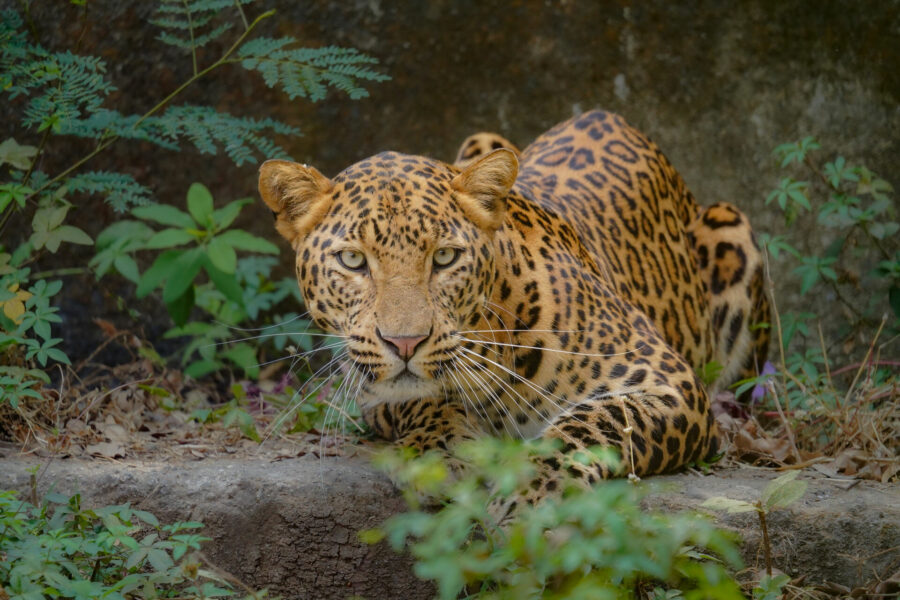Before you travel to India, it’s a great time to learn some interesting traits of India’s native sloth bears. Sloth bears are one of 8 existing bear species in the world. They split-off from other bear species roughly 4 million years ago. The result is that they are both unique and undeniably one of the most unusual bears in existence. Sloth bears are myrmecophagous, meaning that they specialize in eating termites and ants. In fact, roughly half of their diet in the wild is made up of termites and ants, the other half being fruits and seeds. Many of their unique characteristics are related to being myrmecophagous.

Sloth Bears also evolved with tigers, and since they cannot outrun tigers and cannot climb trees fast enough to escape tigers, they have evolved an aggressive behavior to fight tigers off. While tigers can still have upper hand over sloth bears, their aggressive behavior sometimes has tigers thinking that they just aren’t worth all the trouble. Thus, the tiger leaves them alone to carry on with its day.
These two important characteristics of the sloth bear:
1) being myrmecophagous; and
2) fighting off tigers, has largely shaped this animal into the modern-day sloth bear.
Keeping these two aspects of the sloth bear in mind here are 5 things that you might not know about and the purpose of these unusual traits.
- Sloth bears carry their young on their back for the first seven to nine months of their lives. While one can occasionally see a photo of a brown bear or American black bear cub riding on their mom’s back, sloth bears are the only species which regularly transports their cubs on their backs. There are two reasons for this behavior. First, carrying cubs on their backs allows the mothers to protect their cubs from potential predators including tigers. Mother bears have literally fought off tigers with two cubs clinging to her back. Secondly, it is interesting to note that other myrmecophagous mammals, such as the giant Anteater, also carry their young on their back. This could be a case of convergent evolution, allowing myrmecophagous mammals an easy way to transport their young to the next termite mound or anthill.

- Once sloth bear mothers enter a den to give birth, they will not come back out for food or water for three to eight weeks. When she first emerges from the den, she does so alone, leaving the cubs in the den, and quickly gets some water and food before returning to her cubs. After roughly 2 weeks of the mother leaving the den alone, she finally emerges for the first time with her cubs and introduces them to the world. The cubs jump on the mom’s back and off they go into the jungle for food and water.

- Sloth bears have exceptionally long claws for their body size. They use these claws to dig into termite mounds and to dig up other insects or seeds. They also come in handy when it comes to fighting off predators!

- Sloth bears are missing their front teeth. They still have large canines, which might come in handy while fighting tigers, but they have a gap in the front of their mouth. This is an adaptation to sucking termites up after digging into the side of the termite mound with those long claws. Without front teeth getting in the way, they can suck up termites like a vacuum!

- Sloth bears are the most nocturnal of all living bear species. While sloth bears can be active any time of the day or night they are particularly active at dawn, dusk and in the darkness of the night. Tigers can be active at any time of day or night so it does not help to avoid their most feared predator.

You can learn more about peacefully co-existing with these elusive species endemic to India and parts of Sri Lanka, by watching an all-encompassing awareness film by National Geographic Explorer, Thomas Rowell!





